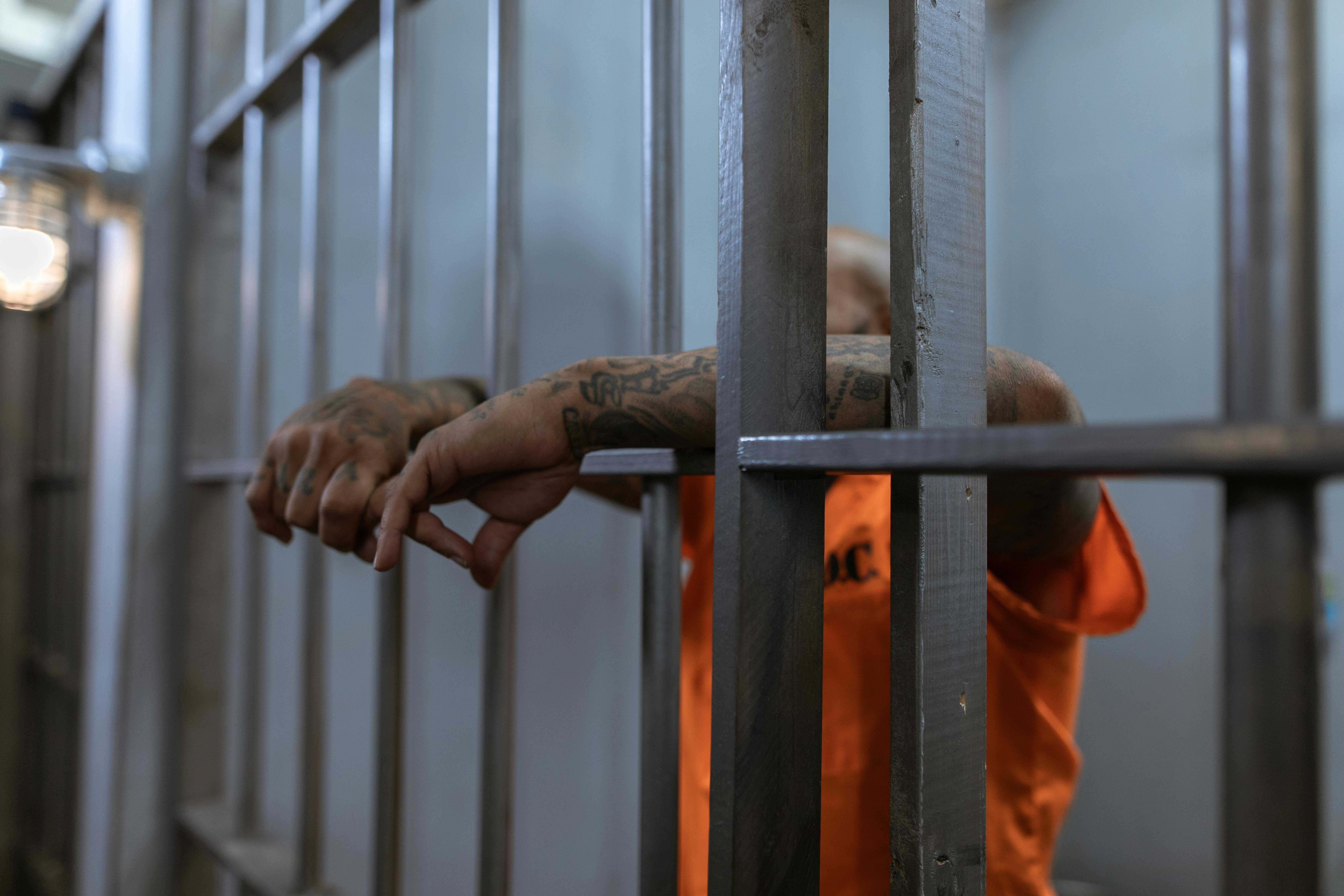Change in VO2max by breathing differently at rest
VO2max is the key factor in athletic endurance. It is currently the best predictor of performance in many sports. However, only a few people know that VO2max is closely related to the breathing pattern and body oxygenation of the athlete at rest. Therefore, if the athlete changes his unconscious breathing pattern at rest, his VO2max will also change.
Patients with heart disease, diabetes, chronic fatigue and many other diseases are low in body oxygen 24 hours a day, 7 days a week. They suffer from tissue hypoxia (low oxygenation), excessive anaerobic metabolism, and high blood lactate already at rest. Therefore, when they exercise even light, anaerobic energy production increases dramatically, lactate increases rapidly, and the result is experiences of pain and physical exhaustion.
The oxygen supply cascade (from the outside air to the cells of the body) and the oxygenation of the tissues depend on our respiration. How? Hundreds of physiological studies have shown that the more we breathe at rest, the less oxygen reaches the tissues. Consider the basics of oxygen transport.
When we breathe more than the medical norm (which is 6 L of air per minute), our arterial blood is almost completely saturated with O2 (up to about 98%) and cannot get much more extra oxygen. However, during excessive respiration we exhale (or lose) more CO2 and hypocapnia (CO2 deficiency) in all cells of the body causes 2 negative effects on oxygen transport:
1) Vasoconstriction: our blood vessels are sensitive to CO2 and CO2 is a powerful vasodilator. (This effect explains, according to dozens of medical publications, why we can easily pass out or pass out due to intense voluntary hyperventilation.)
2) The suppressed Bohr effect: Bohr’s law governs the release of oxygen in tissues; O2 is mainly left in those parts and organs of the body that are high in CO2 (or metabolically active). When we hyperventilate, less O2 is discharged in all tissues, since CO2 is a chemical catalyst for this release.
In fact, dozens of published studies found that ALL people with asthma, heart disease, diabetes, epilepsy, cystic fibrosis, etc. breathe at least 2-3 times more air than normal and suffer, as a result of overbreathing, of the tissues. hypoxia (see my other articles for these references). They generally breathe around 15 l / min instead of 6, while using less than 10% of the oxygen inhaled (more than 90% is exhaled).
During peak exercise, humans can have up to 150 L / min of ventilation per minute. Thus, if sick people start light exercise and require 10 times more energy than at rest, they will breathe about 10 times more or about 150 l / min, but this is close to the human physiological limit.
People with normal minute ventilation at rest (6 L / min) during the same mild exercise (10-fold increase in energy expenditure) will breathe about 60 L / min. Such breathing is much lighter. It indicates your best physical condition and can be done strictly through the nose.
It is not surprising, then, that the amount of freely available oxygen in normal people is high or about 40-60 s (breath hold time after exhalation and without straining for better numbers), whereas people Patients can hold their breath for this special test (again, it involves regular, stress-free exhalation at the end of the test) for only 10-15 s of oxygen. This fully confirms the main practical law of respiratory physiology: more respiration means poorer tissue oxygenation.
However, if an athlete learns to breathe much less than normal 24/7, or only about 2 L / min at rest or during sleep for one minute ventilation, the oxygenation of his body will take about 2-3 minutes. During the same mild exercise (with a metabolic rate 10 times higher), your ventilation per minute will be only about 20 L / min (or slightly more than what sick people breathe at rest). In fact, there are two well-known facts that (a) fittest athletes breathe less during exercise and (b) when an athlete is at their best, their breathing during races is much lighter.
This breathing retraining can be achieved in 1-2 months. It will result in very light breathing at rest (only 3-4 breaths per minute even during sleep) and greatly increased VO2max values, up to 10-15%.
This brief respiratory review in exercise physiology explains why numerous Soviet elite athletes, including many Olympic champions, used the Buteyko breathing method, as a secret weapon, for superior athletic performance. Dozens of Australian Olympians have also learned the same breathing technique in recent years.
